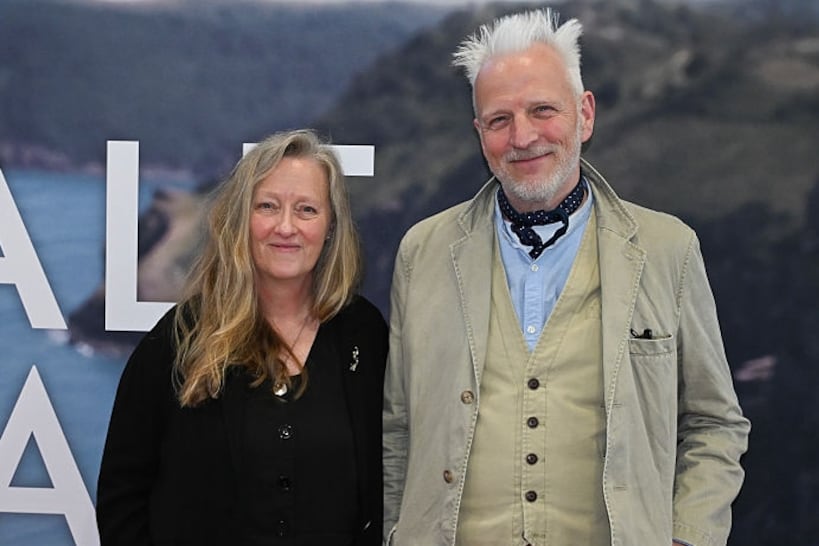What law is the EU proposing that’s caused such controversy?
The Nature Restoration Law is an EU effort to try to tackle the large losses in biodiversity over the past half century. It proposes measures in many areas, including for woodlands, oceans, rivers, lakes, birds, bees and butterflies. And then, there is the kicker, the rewetting of land that has been reclaimed for agriculture.
What is rewetting and why is it important?
About 7 per cent of Irish agricultural land is reclaimed. It was once bog or marshy land and was drained so it could be used for agriculture or for peat production. When the bog was in its pristine state, and full of sphagnum moss, it was saturated with water and acidic. The meant the organic material in the bog was able to decompose and oxidise. It meant that the carbon in the bog was sequestered (contained) and the bog also acted as a sink that seeped in carbon. However, once they were drained those qualities all disappeared. Decomposition happened, carbon was emitted into the atmosphere and the lands could no longer act as carbon sinks.
READ MORE
What is proposed is allowing those lands to rewet and the water table to rise. These bogs can again become carbon sinks, helping meet emissions targets. There would be other benefits too in terms of increased biodiversity. For some, it’s too late. Some of the Bord na Móna bogs were milled down to the marl, creating (from a climate perspective) dead zones.
Will it mean those lands will be flooded and farming will come to an end there?
There’s been some over-reaction to what is proposed. A lot of percentages have been bandied about but the bottom line is it sets a target of 7.5 per cent of land to be rewetted by 2030, 25 per cent by 2040, and 35 per cent by 2050. But rewetting doesn’t mean flooding the land and driving farming families out. It means increasing the water table (the level that water has risen to under the soil). It’s up to each state to determine how much rewetting it wants, so it could be very modest (raising the water table by a few centimetres) or more ambitious. In most cases, it will allow farming to continue on the land though, for some, it would become more seasonal (there would be environmental farming schemes to cover this).
The targets are modest. As Fintan Kelly of the Environmental Pillar pointed out this week on Twitter, the 2030 targets under this law are actually less than the Coalition’s own targets and - astonishingly - lower than the targets set out in the Department of Agriculture’s Acclimatise programme.
The European Commission has proposed rewetting 25,000 hectares by 2030, rising to 116,500 hectares by 2050. Even with the far more demanding 2050 targets, these European proposals will have a surprisingly little impact on private farm land. The laws will allow rewetting to happen on public land. In Ireland’s case, that means former Bord na Móna bogs and Coillte forestry.
In other words, the 2030 targets could be met using public land alone. It is also calculated that about an eighth of the 2050 target would need to involve private land. The rhetoric on rewetting from Fine Gael, Fianna Fáil and the rural Independents does not seem to be matched by the facts.














